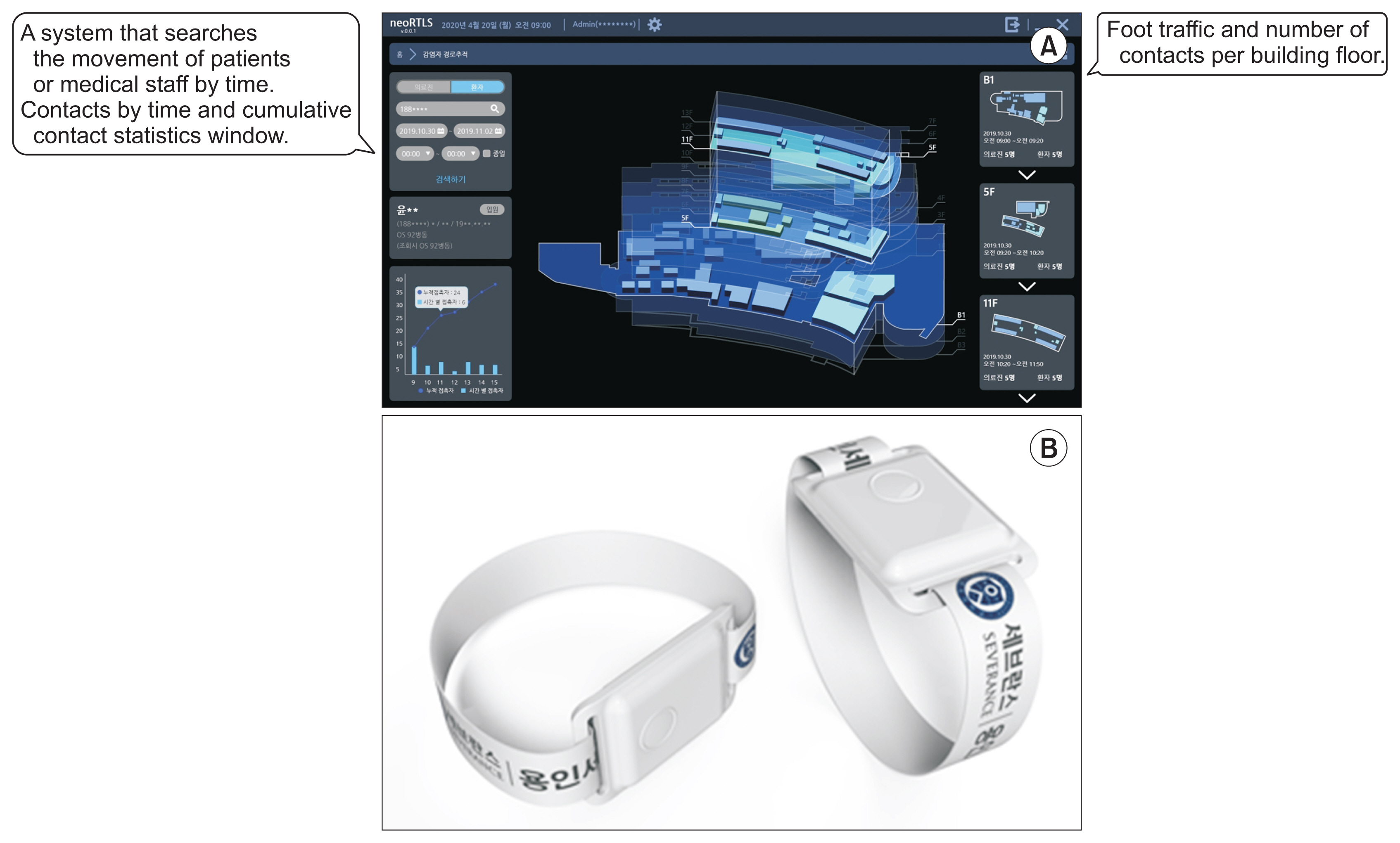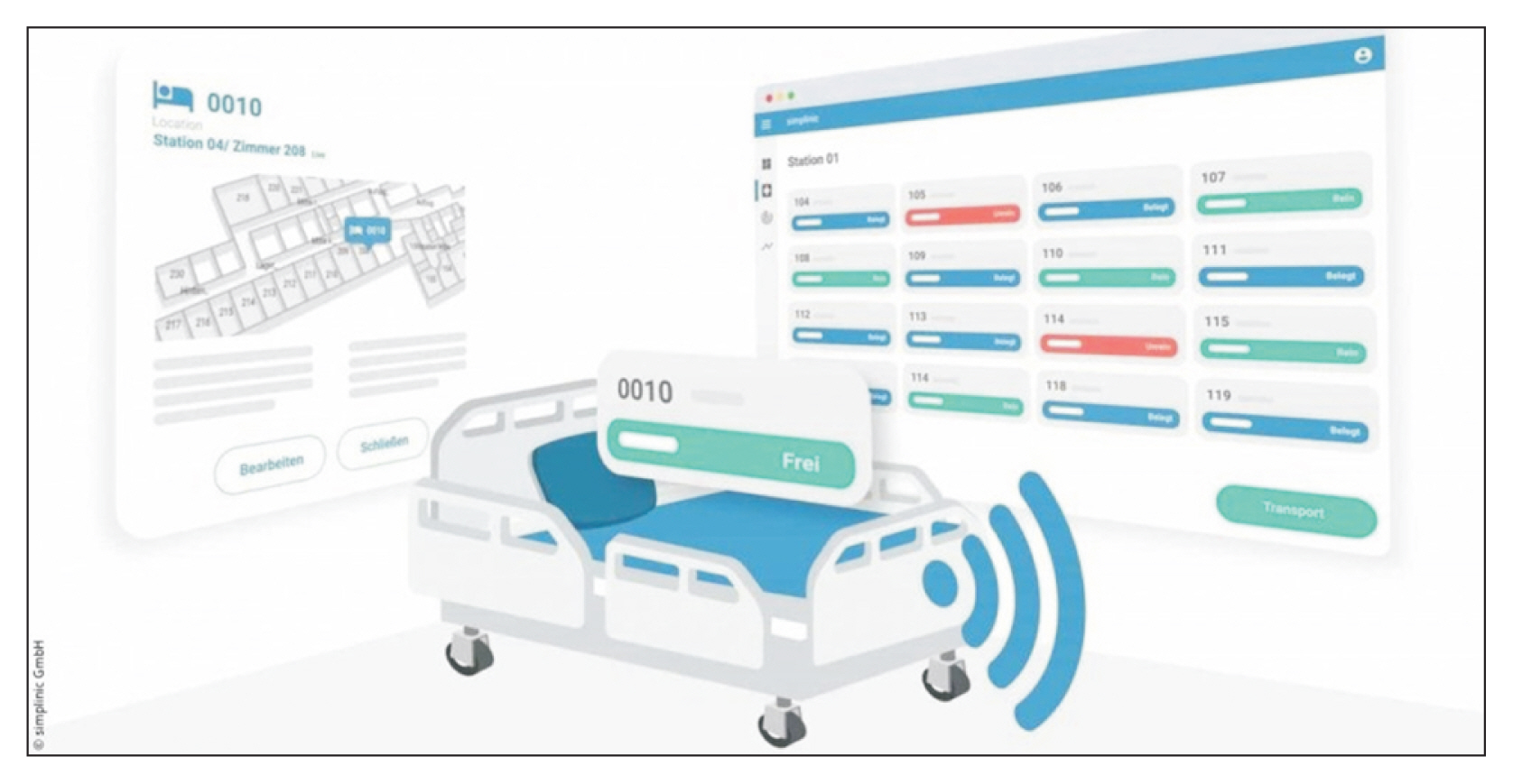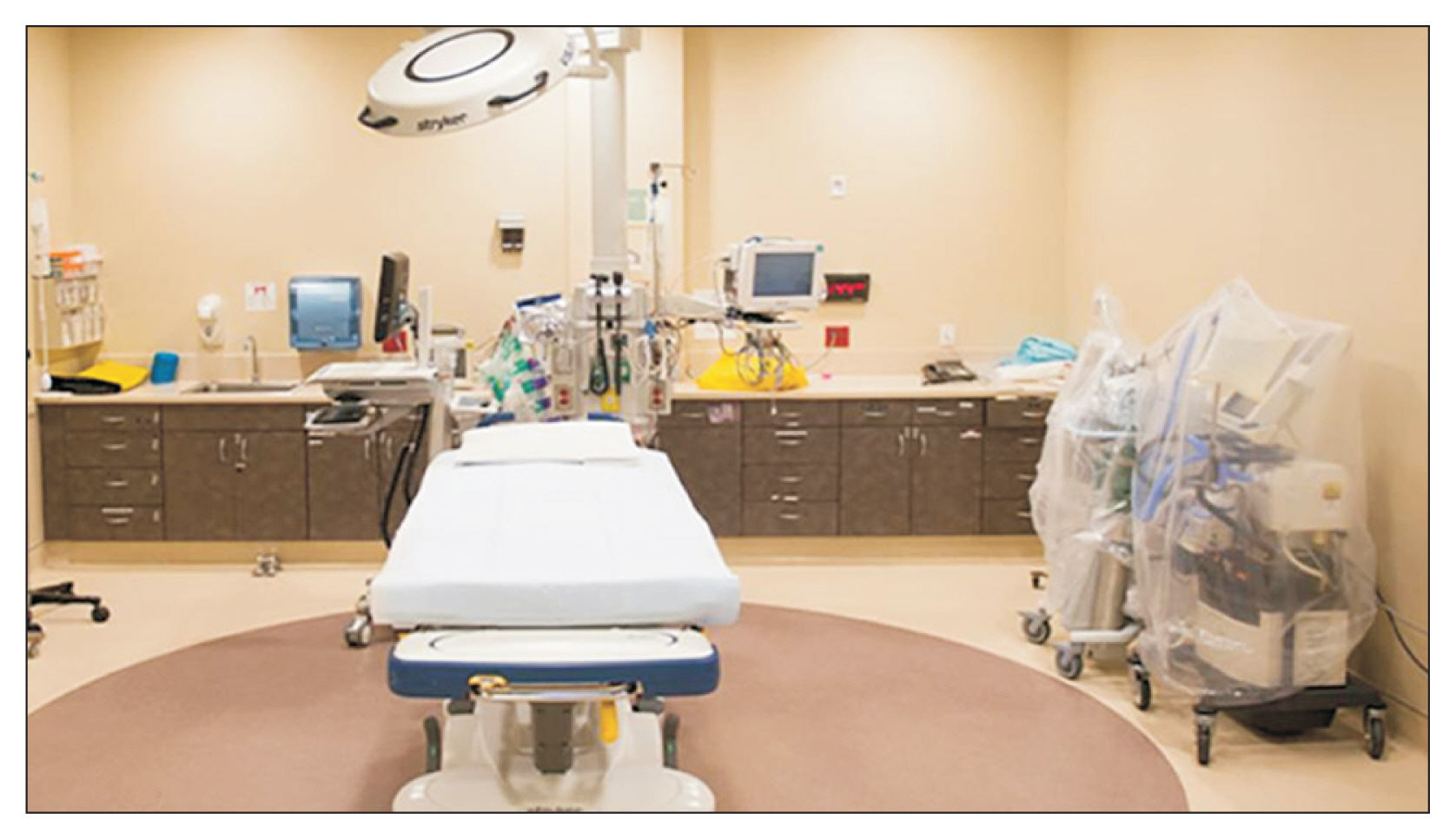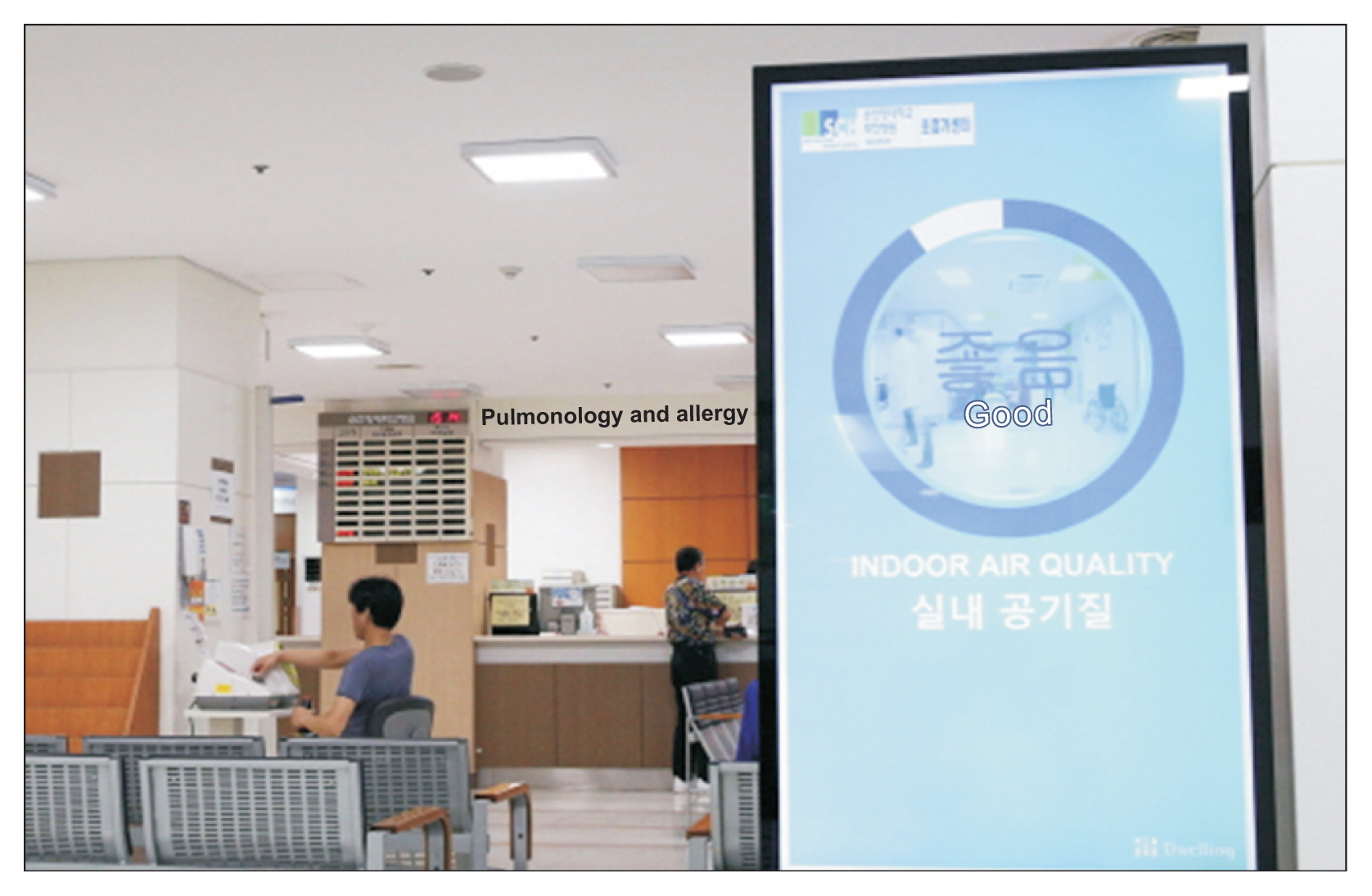Healthc Inform Res.
2022 Oct;28(4):287-296. 10.4258/hir.2022.28.4.287.
Usage of the Internet of Things in Medical Institutions and its Implications
- Affiliations
-
- 1Transdisciplinary Department of Medicine and Advanced Technology, Seoul National University Hospital, Seoul, Korea
- 2Department of Biomedical Engineering, Seoul National University College of Medicine, Seoul, Korea
- 3Medical Big Data Research Center, Seoul National University Medical Research Center, Seoul, Korea
- 4Interdisciplinary Program of Medical Informatics, College of Medicine, Seoul National University, Seoul, Korea
- 5College of Nursing, Seoul National University, Seoul, Korea
- 6Department of Clinical Medical Sciences, Seoul National University College of Medicine, Seoul, Korea
- KMID: 2535804
- DOI: http://doi.org/10.4258/hir.2022.28.4.287
Abstract
Objectives
The purpose of this study was to explore new ways of creating value in the medical field and to derive recommendations for the role of medical institutions and the government.
Methods
In this paper, based on expert discussion, we classified Internet of Things (IoT) technologies into four categories according to the type of information they collect (location, environmental parameters, energy consumption, and biometrics), and investigated examples of application.
Results
Biometric IoT diagnoses diseases accurately and offers appropriate and effective treatment. Environmental parameter measurement plays an important role in accurately identifying and controlling environmental factors that could be harmful to patients. The use of energy measurement and location tracking technology enabled optimal allocation of limited hospital resources and increased the efficiency of energy consumption. The resulting economic value has returned to patients, improving hospitals’ cost-effectiveness.
Conclusions
Introducing IoT-based technology to clinical sites, including medical institutions, will enhance the quality of medical services, increase patient safety, improve management efficiency, and promote patient-centered medical services. Moreover, the IoT is expected to play an active role in the five major tasks of facility hygiene in medical fields, which are all required to deal with the COVID-19 pandemic: social distancing, contact tracking, bed occupancy control, and air quality management. Ultimately, the IoT is expected to serve as a key element for hospitals to perform their original functions more effectively. Continuing investments, deregulation policies, information protection, and IT standardization activities should be carried out more actively for the IoT to fulfill its expectations.
Keyword
Figure
Reference
-
References
1. Shin Y, Lee J, Kim B, Lee J, Lee Y, Hwang D, et al. A plan to reorganize the health care system in accordance with the 4th Industrial Revolution. Sejong, Korea: Korea Institute for Health and Social Affairs;2017.2. Pediredla K. This is how your local hospital is using IoT [Internet]. Newcastle upon. Tyne, UK: hedgehog lab;c2021. [cited at 2022 Oct 29]. Available from: https://hedgehoglab.com/blog/this-is-how-your-local-hospital-is-using-iot .3. Akkas MA, Sokullu R, Cetin HE. Healthcare and patient monitoring using IoT. Internet of Things. 2020; 11:100173. https://doi.org/10.1016/j.iot.2020.100173 .4. Neagu G, Preda S, Stanciu A, Florian V. A cloud-IoT based sensing service for health monitoring. In : Proceedings of 2017 E-Health and Bioengineering Conference (EHB); 2017 Jun 22–24; Sinaia, Romania. p. 53–6. https://doi.org/10.1109/EHB.2017.7995359 .5. Hussain A, Mehmood A, Arslan F, Nawaz S, Ijaz A, Ali M. Transformative effects of IoT towards smart medical: Internet of Medical Things (IoMT) & Internet of Healthcare Things (IoHT). Int J Emerg Technol. 2021; 12(2):60–5.6. Rathore MM, Ahmad A, Paul A, Wan J, Zhang D. Real-time medical emergency response system: exploiting IoT and big data for public health. J Med Syst. 2016; 40(12):1–10. https://doi.org/10.1007/s10916-016-0647-6 .7. Srinivas M, Durgaprasadarao P, Raj VN. Intelligent medicine box for medication management using IoT. In : Proceedings of 2018, 2nd International Conference on Inventive Systems and Control (ICISC); 2018 Jan 19–20; Coimbatore, India. p. 32–4. https://doi.org/10.1109/ICISC.2018.8399097 .8. Park J. Smart hospitals are in high demand…The key is people, not technology [Internet]. Seoul, Korea: Daily Medi;2021. [cited at 2022 Oct 29]. Available from: http://www.dailymedi.com/detail.php?number=873597 .9. Yang CT, Chen ST, Den W, Wang YT, Kristiani E. Implementation of an intelligent indoor environmental monitoring and management system in cloud. Future Gener Comput Syst. 2019; 96:731–49. https://doi.org/10.1016/j.future.2018.02.041 .10. National Science & Technology Information Service. IoT and security [Internet]. Daejeon, Korea: National Science & Technology Information Service;c2015. [cited at 2022 Oct 29]. Available from: http://www.ntis.go.kr/issuernd/main/issueDtl.do?searchTopicNo=201503100002 .11. Islam M, Rahaman A. Development of smart healthcare monitoring system in IoT environment. SN Comput Sci. 2020; 1:185. https://doi.org/10.1007/s42979-020-00195-y .12. IoT Standards Laboratory. Trends in Internet of Things technology [Internet]. Daegu, Korea: IoT Standards Laboratory;2020. [cited at 2022 Oct 29]. Available from: https://protocol.knu.ac.kr/tech/ISL-TR-20-05-IoT.pdf .13. Signify Korea. Curious about Philips Hue: connected via Bluetooth without a Bridge device [Internet]. Seoul, Korea: Signify Korea;c2019. [cited at 2022 Oct 29]. Available from: https://blog.signifykorea.com/?p=5556 .14. Lee SH, Lee DW. A study on Internet of Things in IT convergence period. J Digit Convergence. 2014; 12(7):267–72. https://doi.org/10.14400/JDC.2014.12.7.267 .15. Neyja M, Mumtaz S, Huq KM, Busari SA, Rodriguez J, Zhou Z. An IoT-based e-health monitoring system using ECG signal. In : Proceedings of 2017 IEEE Global Communications Conference (GLOBECOM); 2017 Dec 4–8; Singapore. p. 1–6. https://doi.org/10.1109/GLOCOM.2017.8255023 .16. HIMSS. Implementation of an optimized real time location system at Mount Sinai Hospital & Healthcare RTLS best practices [Internet]. Chicage (IL): DocPlayer;2016. [cited at 2022 Oct 29]. Available from: https://docplayer.net/12684817-Implementation-of-an-optimized-real-time-location-system-atmount-sinai-hospital-healthcare-rtls-best-practices.html .17. Jeong YS. Development of location information-based infection tracking and management solutions at the center of attention [Internet]. Seoul, Korea: Medical Observer;2020. [cited at 2022 Oct 29]. Available from: http://www.monews.co.kr/news/articleView.html?idxno=210087 .18. Molinari K. Easing the burden on healthcare personnel: bed sensors facilitate fast location of available hospital beds [Internet]. Dusseldorf, Germany: MEDICA Magazine;2021. [cited at 2022 Oct 29]. Available from: https://www.medica-tradefair.com/en/News/Interviews/Previous_Interviews/Interviews_2021/Easing_the_burden_on_healthcare_personnel_bed_sensors_facilitate_fast_location_of_available_hospital_beds .19. Vaisala. Hospital environmental monitoring: compliant & continuous [Internet]. Vantaa, Finland: Vaisala;2020. [cited at 2022 Oct 29]. Available from: https://www.vaisala.com/en/case/hospital-environmental-monitoring-compliant-continuous .20. Kim M. Provision of smart indoor air quality improvement services [Internet]. Seoul, Korea: Korean Hospital Association News;2016. [cited at 2022 Oct 29]. Available from: http://www.khanews.com/news/articleView.html?idxno=123709 .21. Lee Y. Soonchunhyang University Bucheon Hospital takes the first steps towards developing the Respiratory Allergy Center [Internet]. Seoul, Korea: Doctors News;2017. [cited at 2022 Oct 29]. Available from: http://www.doctorsnews.co.kr/news/articleView.html?idxno=114863 .22. Opray M. Sensors, plants and waste heat: Adelaide hospital’s bid to be most energy-efficient [Internet]. London, UK: The Guardian;2017. [cited at 2022 Oct 29]. Available from: https://www.theguardian.com/sustainable-business/2017/jun/05/sensors-plants-waste-heat-adelaide-hospitals-bid-to-be-most-energy-efficient .23. Yoon HY. Real-time temperature and humidity measurement with state-of-the-art sensors, saving electric power consumption [Internet]. Seoul, Korea: JoongAng Sunday;2016. [cited at 2022 Oct 29]. Available from: https://www.joongang.co.kr/article/21014197#home .24. Shin H. International St. Mary’s Hospital established an energy management system for hospitals: optimized energy utilization [Internet]. Seoul, Korea: Electronic Times;2016. [cited at 2022 Oct 29]. Available from: https://m.etnews.com/20161228000253?obj=Tzo4OiJzdGRDbGFzcyI6Mjp7czo3OiJyZWZlcmVyIjtOO3M6NzoiZm9yd2FyZCI7czoxMzoid2ViIHRvIG1vYmlsZSI7fQ%3D%3D .25. Agarwal S, Mathew J, Davis GM, Shephardson A, Levine A, Louard R, et al. Continuous glucose monitoring in the intensive care unit during the COVID-19 pandemic. Diabetes Care. 2021; 44(3):847–9. https://doi.org/10.2337/dc20-2219 .26. FreeStyle Libre. Know how to take the mystery out of your glucose levels [Internet]. Abbott Park (IL): Abbott Laboratories Ltd;c2022. [cited at 2022 Oct 29]. Available from: https://www.freestylelibre.co.uk/libre/discover/discover-now-you-know.html .27. Kim J. How to use a continuous blood glucose meter [Internet]. Seoul, Korea: Samsung Medical Center;2020. [cited at 2022 Oct 29]. Available from: http://www.samsunghospital.com/webzine/smcdmedu/310/webzine_310_1.html .28. Lee SD. Veterans Health Service Medical Center, treating COVID-19 patients in a smart medical environment [Internet]. Seoul, Korea: Medical News;2021. [cited at 2022 Oct 29]. Available from: http://www.bosa.co.kr/news/articleView.html?idxno=2143822 .29. Jamil F, Ahmad S, Iqbal N, Kim DH. Towards a remote monitoring of patient vital signs based on IoT-based blockchain integrity management platforms in smart hospitals. Sensors. 2020; 20(8):2195. https://doi.org/10.3390/s20082195 .30. Singh RP, Javaid M, Haleem A, Suman R. Internet of things (IoT) applications to fight against COVID-19 pandemic. Diabetes Metab Syndr. 2020; 14(4):521–4. https://doi.org/10.1016/j.dsx.2020.04.041 .
Article31. Kim S. The fourth industrial revolution in the health industry series: market trends in the global Internet of Medical Things (IoMT) [Internet]. Cheongju, Korea: Korea Health Industry Development Institutes;2017. [cited at 2022 Oct 29] https://www.khidi.or.kr/board/view?pageNum=17&rowCnt=10&no1=280&linkId=11505776&menuId=MENU01783&maxIndex=00488263139998&minIndex=00001794979998&schType=0&schText=&schStartDate=&schEndDate=&boardStyle=&categoryId=&continent=&country .32. Ministry of Food and Drug Safety. Revised guidelines for cybersecurity authorization and examination of medical devices [Internet]. Cheongju, Korea: Ministry of Food and Drug Safety;2022. [cited at 2022 Oct 29] https://www.mfds.go.kr/brd/m_1060/view.do?seq=14981&srchFr=&srchTo=&srchWord=&srchTp=&itm_seq_1=0&itm_seq_2=0&multi_itm_seq=0&company_cd=&company_nm=&page=1 .
- Full Text Links
- Actions
-
Cited
- CITED
-
- Close
- Share
- Similar articles
-
- Internet of Things: An Overview and its Applications in Aviation
- Book Review: The Internet of Healthy Things
- Review of Internet of Things-Based Artificial Intelligence Analysis Method through Real-Time Indoor Air Quality and Health Effect Monitoring: Focusing on Indoor Air Pollution That Are Harmful to the Respiratory Organ
- Analysis and Evaluation of the Reliability of Medical Information on Food Allergies on the Internet
- Development Scenario of Dietary Intake Survey Using Internet of Things (IoT)








